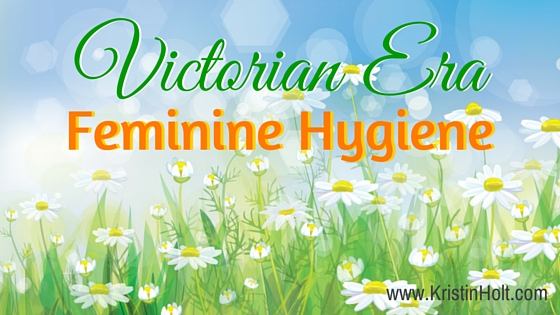
by Kristin Holt | May 21, 2016 | Articles
Open discussion of a woman’s menstrual cycle (and hygiene needs) are a relatively new development, but women have been coping without modern feminine hygiene products for millennia. The Victorian-era American women had many conveniences for their day, including ready-made, catalog-ready products marketed specifically for them. Hygiene often included douching with specially designed syringes. The timing of the first truly disposable product just might surprise you. This article contains images from the Sears, Roebuck & Co. catalog and Montgomery, Ward & Co. catalog of the day.
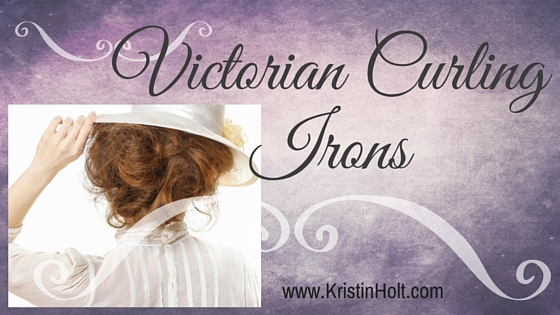
by Kristin Holt | May 15, 2016 | Articles
American women in the late Victorian Era often cut and curled bangs at the forehead. Many photographs (cabinet cards) show this hairstyle, with the rest being upswept and pinned, as women grew their hair to amazing lengths–all except those stylish bangs. If the curls about the forehead were not a hair piece (purchased by mail), then they most often required a curl. Victorian curling irons (their prices, designs, and heating methods) might surprise you–after all, it’s not (only) like Laura Ingalls Wilder described in her fictionalized memoirs of coming of age and cutting her hair in this style.
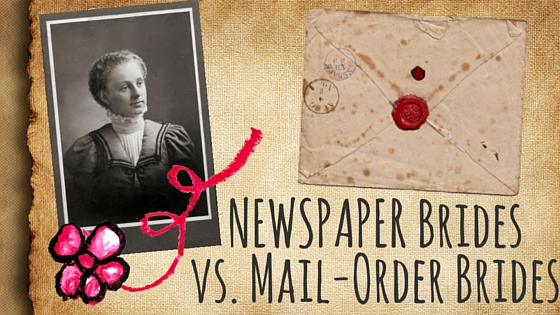
by Kristin Holt | Feb 5, 2016 | Articles
The term “Mail-Order Bride” is a 20th century development, though current popular fiction suggests it was common as early as the Civil War.
Matrimonial advertisements were published in newspapers far more often than a “catalog” of sorts. In fact more than one Matrimonial-type newspaper started up in the late 19th Century. The Matrimonial News did quite well in London, Germany, and the United States.
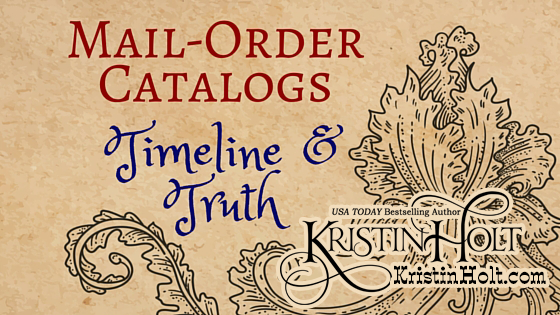
by Kristin Holt | Feb 2, 2016 | Articles
Mail-order catalogs didn’t show up in America as early as you might think… and couldn’t have impacted the mail-order bride phenomenon as early as today’s popular fiction market makes it seem.
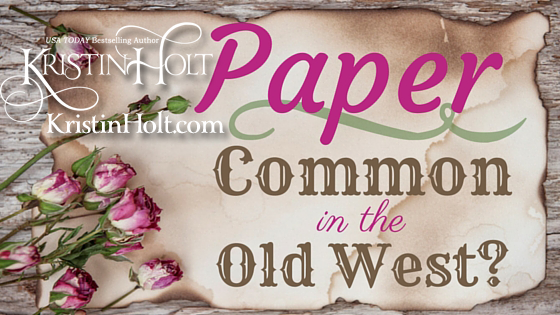
by Kristin Holt | Jan 27, 2016 | Articles
I’ve read books where the intrepid hero has to reuse brown paper the mercantile owner used to wrap a purchase in order to leave the heroine an all-important note. I read another novel where a would-be bride’s employer deducted the cost of paper and envelope from her wages. Was paper that expensive? Did expense translate to scarcity?













